Many recipes suggest covering or wrapping food in aluminum foil during cooking. However, there are cases where using foil may not be ideal—especially if you’re using it as an oven liner, which could cause issues rather than benefits. Let’s explore the best ways to use aluminum foil in the oven safely and effectively.
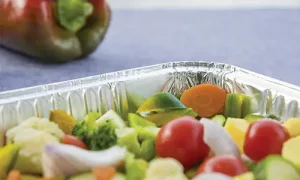
What Is Aluminum Foil?
Aluminum foil is a thin, rolled sheet of aluminum that has become a kitchen essential. It’s safe for oven use in most cases, offering excellent heat conduction and easy cleanup. More durable than traditional tin foil, it reflects heat well and can withstand high baking temperatures, making it a reliable tool for cooking.
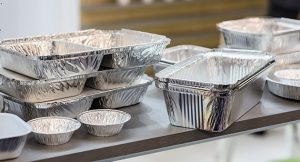
Is It Safe to Cook with Aluminum Foil?
Food-grade aluminum foil is suitable for various cooking methods. Always check the manufacturer’s instructions for specific usage guidelines to ensure proper and safe application.
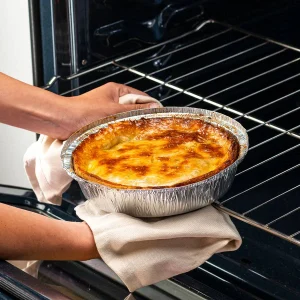
How to Use Aluminum Foil in Your Oven
From lining pans to retaining moisture, aluminum foil is a versatile kitchen helper. Below are some common ways to use it in the oven.
1. Lining Baking Sheets and Pans
Lining baking sheets with aluminum foil simplifies cleanup and may reduce oven maintenance. After baking cookies, bread, or other items, you can easily lift the cooled foil off the pan to remove food.
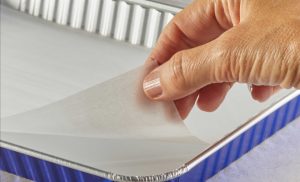
2. Covering Dishes
Covering dishes with foil helps lock in moisture. A loosely tented sheet prevents over-browning while allowing the dish to cook evenly. For extra steam, tightly sealing the dish with foil works well.
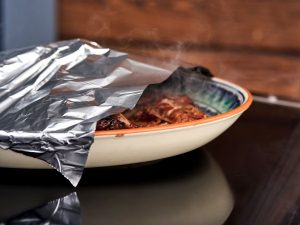
3. Using Disposable Baking Dishes
Disposable aluminum pans and trays are a convenient alternative to traditional bakeware. Like foil, they handle high oven temperatures and distribute heat efficiently.
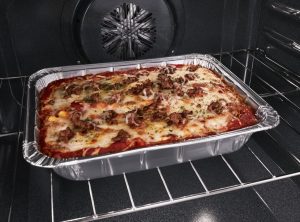
Can You Broil with Aluminum Foil?
Yes, you can use foil when broiling, but be mindful of temperature limits. Standard foil withstands temperatures below 1220°F, while most home ovens broil at 500–550°F—well within safe limits. If using a broiler pan, cut slits in the foil to allow grease to drain properly.